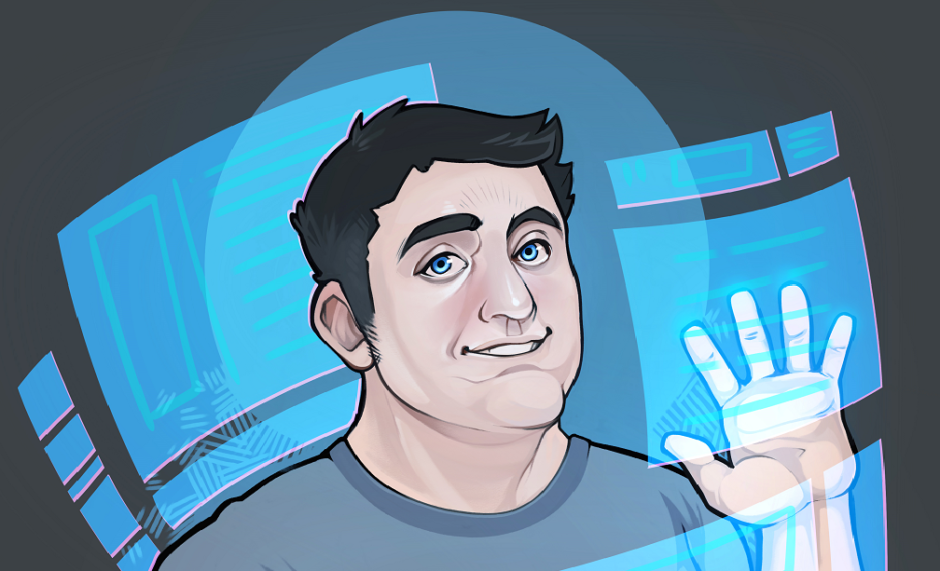No doubt you’ve all seen the fantastic NVIDIA Dawn demo – each year at GDC, E3, Siggraph, etc. we see better and better graphics card demos. If you noticed in the last few years we’ve gone from cool looking 3D things to human demos – either full bodies or facial animation. As anyone who’s attempted it will tell you, recreating a digital human is the toughest task you can attempt. Actually there’s two tough tasks – one is getting it to sound right (which we still can’t do believably) – the other is getting it to look right, which is barely possible. NVIDIA’s latest entry is Dawn (and her darker sister, Dusk). NVIDIA has a really outstanding demo in Dawn and it shows that we’re close to getting photorealistic human representations on PC’s – first probably in games, but eventually they’ll be pretty ubiquitous.
How’re you gonna keep ’em down on the farm (after they’ve seen Paree)? When I worked on photorealistic human faces we had some research on human bodies and, yes, there was some focus on the bouncy bits (unfortunately by the art department, not development) – not only was it good clean fun, but it was our company’s goal of leading the way in eventually creating a photorealistic avatar or non-player character – and don’t think if the bit’s didn’t bounce correctly folks wouldn’t notice. ATI used our Rachel head for a demo (not rendered to our liking, see a screen capture from our demo here – much better!). As we’ve seen that pretty much any female character released into the world can go – well – less than wholesome. From a naked Lara Cr oft (patch here) to Final Fantasy’s Aki posing for a men’s magazine (pix).
oft (patch here) to Final Fantasy’s Aki posing for a men’s magazine (pix).
So it was no surprise that eventually there was a Dawn patch (Dawn nekkid patch). Well, that’s no surprise except that the patch seems to be just that, apparently hacking the code to put in the nekkid bits. But more seriously Dawn’s apparently be cheating on NVIDIA with, *gasp* ATI! Yes, since most video card demos are written in OpenGL, it’s pretty easy to hack OpenGL and intercept the calls that get made. Well, a little bit twiddling had allowed Dawn’s NVIDIA extensions to get mapped to work on an ATI RADEON 9800 (find out about it here). According to the results (unconfirmed by me), Dawn may be a fast girl (er, faery), but she’s faster on a RADEON 9800 (by about 15%).
